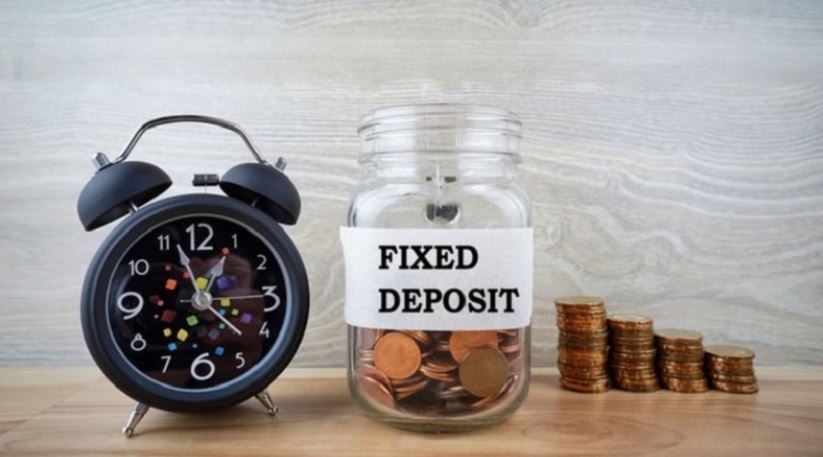Spike in inflation brings focus back on FD, other investments
The rise in retail inflation poses a big challenge to the central bank. The debate on interest, growth and inflation will continue

The unexpected spike in retail inflation of 210 basis points to 6.3% has brought the focus back on investments once again. The inflation at a six-month high and above the upper band of RBI’s flexible inflation target range threatens thousands of investors whose livelihood depends on fixed-deposit interest.
It could definitely pose a challenge to the Reserve Bank of India (RBI)’s monetary policy dynamics. However, the Monetary Policy Committee (MPC) may still choose to look through the spike in inflation in the near term, with the focus more on growth revival becoming sustainable.
Though RBI has been upright in giving higher weightage to growth over inflation, one may have to wait for the June 2021 retail inflation number to assess the RBI’s next policy action, says CARE Ratings.
Trying times for FD investors
The spike in inflation is surely bad news for FD investors, most of whom are senior citizens, in the country. As RBI keeps a low interest regime to lift bank credit and push economic growth, FD investors may have to face a real value erosion in their investments. A lot of FD investors have already seen their investments turn negative after the interest rates dropped to a two-decade low and the inflation races past the RBI’s comfort zone.
After cutting the repo rate continuously for five times, the last being in May 2020, the repo rate continues to remain at 4%. The central bank slashed the rate by 250 basis points in 15 months – between February 2019 and May 2020 — to revive the economic growth and mitigate the impact of Covid-19.
Forecast
Stock brokerages and analysts are taking a close look at inflation and its impact on bonds, currency market and equities. Most of them have raised their forecasts.
“We raise FY22 inflation forecast to 5.45% from 4.7% (6.2% in FY21). Even assuming food inflation averaging around reasonable levels, core inflation should average above 6%, outdoing headline inflation. We remain watchful of pass-through of impending cost push pressures in core goods inflation, while re-opening-led ensuing demand revival in select contact-sensitive household services could pressure core services inflation ahead,” said Emkay in a report.
CARE Ratings, a leading rating agency that hoped inflation to hover around 4.9% in May, says the surge in the headline number has been broad-based. “Each component of the consumer price index (CPI) basket has witnessed an uptick in the year-on-year growth number compared with April 2021 growth numbers.”
Food inflation, miscellaneous component and fuel component have shot up to a nine-year high. Importantly, core inflation which has remained sticky throughout 2020-21 has now inched up to its highest level in the past seven years.
It expects retail inflation to range between 5-5.5% with an upside bias in 2021-22.
Both wholesale inflation and retail inflation have seen a similar movement in May and the supply disruptions owing to localised lockdowns could also have had a bearing on the inflation numbers.
Worrying for common man
Inflation in food and beverages moved up to a 6-month high of 5.2% last month as compared to 8.3% in May 2020. The increase in food inflation in the last few months has been primarily because of the sustained inflationary pressures in the protein segment (meat, eggs, pulses) and double-digit growth in both edible oils and non-alcoholic beverages. Edible oil inflation, the highest on record, rose to 30.8% in May primarily because of higher international prices and lower imports despite increase in the domestic demand.
Prices of vegetables have softened thanks to the increased seasonal arrival, but onion prices have shot up 23%.